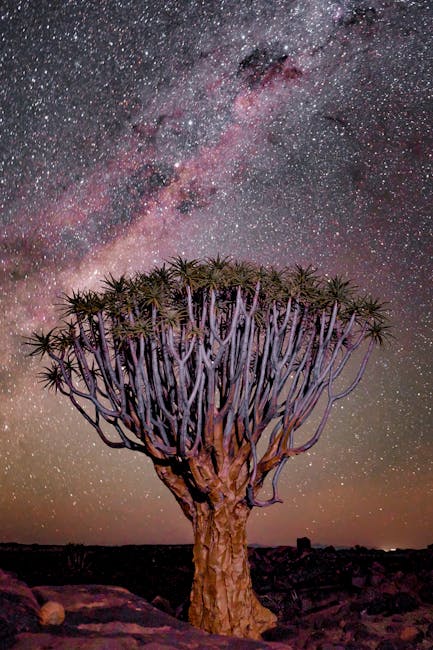


 Namibia
Namibia
Namibia is an incredible travel destination for those looking to explore the African continent. With its vast deserts, stunning wildlife, and unique culture, Namibia offers a truly unforgettable experience. From the iconic sand dunes of Sossusvlei to the lush wetlands of Etosha National Park, there is something for everyone in this beautiful country. Visitors can also explore the vibrant cities of Windhoek and Swakopmund, or take a safari to spot some of Africa's most iconic animals. With its stunning landscapes and friendly people, Namibia is sure to be an unforgettable destination.
Activities: Surfing, Stand-up paddle boarding, Canoeing, Rafting, Skiing, Mountain biking, Hiking, Camping, Rock climbing, Safari
Landscapes: Beaches, Forests, Woodlands, Mountains, Deserts, Canyons, Caves
Topics: Nature, Wildlife, Adventure
Is Namibia expensive?
Namibia currency
$Namibian dollar (NAD)
RSouth African rand (ZAR)
Weather in Namibia
Namibia has a semi-arid climate with hot summers and mild winters. The summer months (November to April) are generally hot and dry, with temperatures ranging from 25°C (77°F) to 35°C (95°F). The winter months (May to October) are milder, with temperatures ranging from 10°C (50°F) to 25°C (77°F). Rainfall is sparse throughout the year, but the coastal areas receive more rain than the interior. Namibia is also prone to strong winds, especially in the summer months.
- Yearly temperature range: 7°C - 33°C
- Monthly rainfall range: 0mm - 66mm
- Daily sunshine range: Infinityh - -Infinityh
Traveling Namibia
Car Rental
Car rental is a popular way to get around Namibia, with many companies offering competitive rates and a wide range of vehicles.
Car rentalPublic Transport
Public transport in Namibia is limited, but there are some buses and minibuses that travel between major cities and towns.
Taxis
Taxis are available in most cities and towns in Namibia, although they can be expensive.
Air Travel
Air travel is the quickest way to get around Namibia, with several domestic airlines offering flights between major cities.
Flights
Is Namibia safe?
Crime
In Namibia, the most common crimes are theft, burglary, and carjacking. Petty theft is the most common crime in tourist areas, so it is important to be aware of your surroundings and keep your valuables secure. Violent crime is rare but can occur in some areas, so it is important to be aware of your surroundings and take precautions when traveling. It is also important to be aware of local laws and customs, as breaking them can result in fines or even imprisonment.
Travel advisory
2.8/5Namibia has a current risk level of 2.8 (out of 5). We advise: Use some caution when travelling Namibia.Last updated: Thu Mar 23 2023
Health
Malaria
Namibia is a malaria-risk area, so it is important to take preventative measures such as using insect repellent and sleeping under a mosquito net. Vaccinations for hepatitis A and typhoid are recommended.
Insect repellentSun Exposure
Namibia is located in the Southern Hemisphere, so sun exposure can be intense. It is important to wear sunscreen and protective clothing when outdoors.
SunscreenFood and Water Safety
It is important to only drink bottled or boiled water, and to avoid eating raw or undercooked food. Fruits and vegetables should be washed thoroughly before eating.
Animal-Borne Diseases
Rabies is present in Namibia, so it is important to avoid contact with wild animals. Vaccinations against rabies may be recommended for those who will be spending extended periods of time in rural areas.
Namibia customs and etiquette
Greeting
When greeting someone in Namibia, it is customary to shake hands and say 'Molo' (hello). It is also polite to wait for the other person to initiate conversation.
Dress Code
Namibians generally dress conservatively, so it is best to avoid wearing revealing clothing. Shorts and tank tops are usually not appropriate.
Gift Giving
It is polite to bring a small gift when visiting someone's home. Popular gifts include food items, such as chocolates or wine, or small trinkets.
Tipping
Tipping is not expected in Namibia, but it is appreciated if you receive good service. A 10% tip is usually sufficient.
TP
Copyright 2023